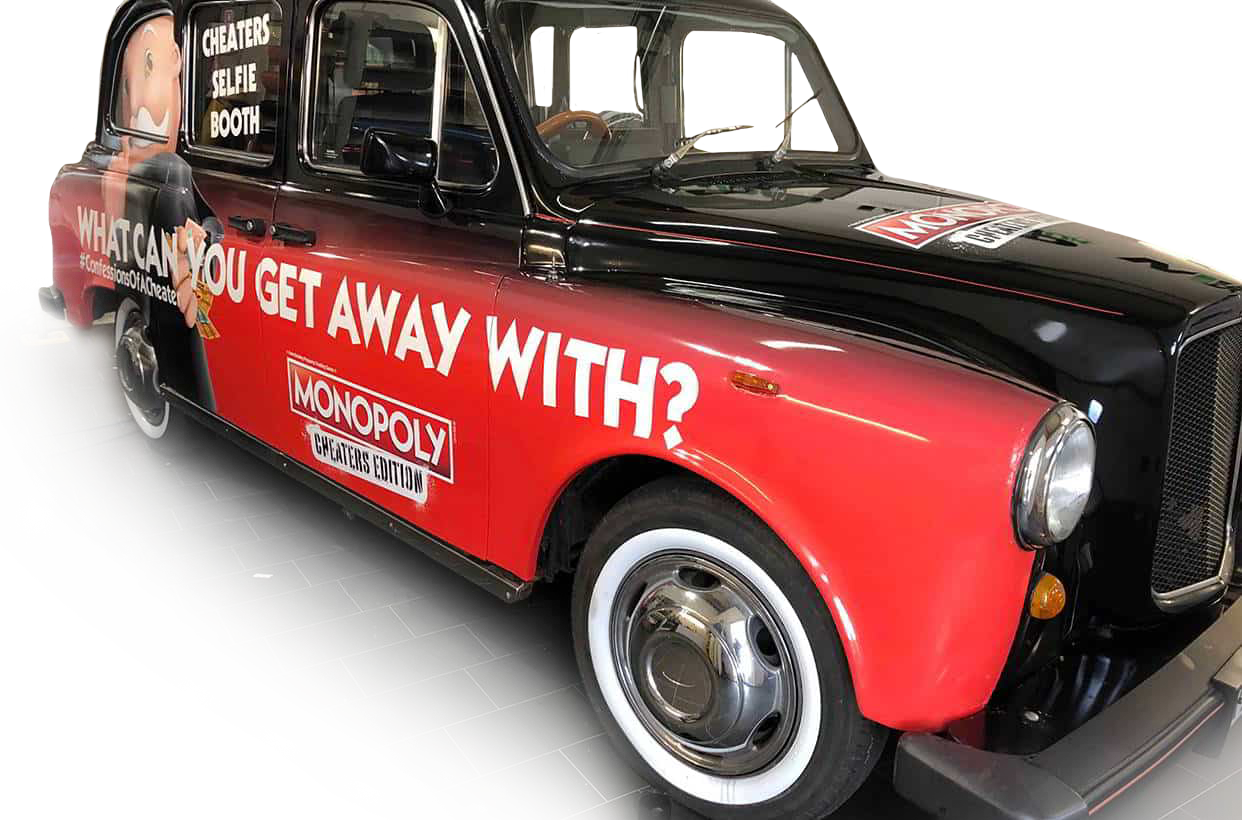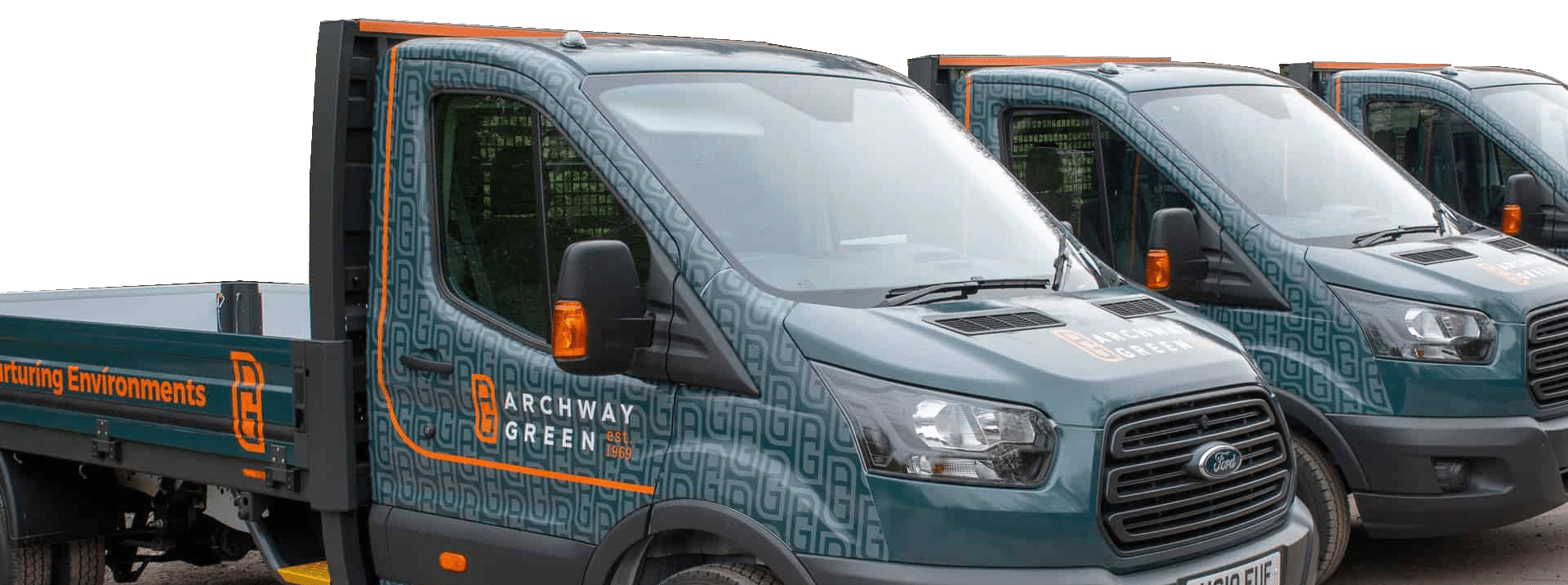- Blogs
- /
- Van Wrapping
- /
- Is it Worth Using...
Here we’ll work through the factors of using fleet wraps on rented vehicles – and why it’s a more viable investment than you might think!

Wrapping a Leased Business Vehicle
Let’s start by considering van graphics for leased commercial transport – it’s absolutely possible to choose amazing fleet wraps for hired vehicles! According to the British Vehicle Rental and Leasing Association (BVRLA), almost a million rented business vehicles are on the road – whether vans, lorries, trucks, or cars.
Most of those are in light commercial, with around 15% of leases for smaller vans.
Included in your lease agreement, you’ll find things like:
-
- Anticipated annual mileage.
- Rental costs.
- Responsibility for servicing and maintenance.
One of the extra expenses of leasing business vans is that when you return the vehicle, or the lease expires, you’ll usually be required to cover the cost of any repairs. That includes things like dents and paint blemishes – which, in most cases, could have been avoided with a professionally fitted set of van wraps.
Yes, you’ll need to double-check with your lessor that they’re happy for you to use bus wraps, taxi wraps, or other fleet wraps to individualise your rented vehicles. But by and large, they’ll be more than happy for you to do so.
As a rental firm, they’ll know your van wraps will protect the paintwork, and mean they’re looking at lower costs to touch up any scrapes when they lease the vehicle to the next client or sell it on. Check out our advice on Marketing Through Temporary Vehicle Wraps for some design inspiration!
What Are the Benefits of Fitting Van Wraps to a Leased Fleet?
Let’s run through a few of the plus points and reasons why so many commercial managers with a rented fleet decide to invest their marketing budget in pro-quality fleet wraps.
Van Wraps Can Protect Paintwork on Rented Vehicles
Whether you’re looking for specific spots of van signage or full van wraps on every piece of bodywork, the paint underneath is less susceptible to damage and scratches when a layer of vinyl shields it. Your investment is also protected, with problems impacting vehicle bodywork including:
-
- Bad weather
- Chips and dents
- Wear and tear
- Scratches
- Sun damage
While vehicle sign-writing isn’t primarily designed as paintwork protection, it does have the happy advantage of safeguarding the quality of the paint underneath. The vinyl doesn’t bond with the paint, so it doesn’t leave a permanent mark and won’t leave a residue on the paintwork when it’s removed.
Van Graphics Are Substantially Cheaper Than Paint
Traditionally, you might have asked for permission to spray the car. Some vehicle loan companies will let you have your leased fleet sprayed, but you will need to pay for it to be repainted when the lease ends – or arrange that work yourself.
Vinyl wraps are massively cheaper than a bespoke paint job. They last well, are easy to remove and take minimal time to fit. It’s also crucial to consider insurance costs if you have the approval to paint a rented commercial vehicle.
Unlike vehicle sign-writing, the paint is intended to be permanent. It requires professional removal, typically followed by a complete bodywork respray to return the leased van to its original condition. Therefore, you need to tell your insurance provider if you opt for a custom paint job on a leased vehicle, as this will likely drive up the cost.
How to Gain Permission to Fit Van Wraps on a Rented Fleet
So, the process to follow looks like this:
- Submit proposed modification details to your leasing agent or finance provider. They’ll want to know what design you have in mind and, say, whether you’re asking for end-to-end taxi wraps or van signage just on some panels.
- Request approval for the van wraps to be fitted. It’s best to negotiate your rights to modify the vehicle (temporarily) at the start of the lease, but you can usually agree on this partway through.
- Check when the lessor last painted the vehicle. Fresh paintwork shouldn’t be wrapped for about eight weeks – it needs time to cure. Applying van wraps to new paint can cause problems with the bodywork.
We’d also recommend you give the Wrap UK team a call to discuss! There are a few options we can offer that safeguard the quality of your rental vehicle. For example, using premium vinyl wraps means that the vehicle will look professional, and there won’t be any problems whipping it off later.
Our pro fitting teams can also offer to pre-schedule removal of your van wraps if you know you’ll need to return the vehicle at a fixed date and want to be sure you’ll meet the terms of your rental agreement.
Keeping Your Rented Vehicle Van Wraps in Good Nick
Finally, it’s essential to take good care of your van wraps. They’ll last longer, look fresher, and perform flawlessly for the duration! You can find some tips about gold standard wrap maintenance on our Car Wrap Maintenance article, but we’ll summarise the most crucial steps here:
-
- Hand washing is the ideal way to keep van wraps in perfect condition. You should use a non-abrasive solution, rinse first to soften and loosen dirt, and then wash with a gentle sponge or cloth.
- Car washes are fine, provided you avoid stiff brushes that can scratch the film. A harsh brush pulls up the corners, and the rigid bristle motions can remove the shine on your van wraps. The better options are touchless car washes or rolling up your sleeves!
- Pressure washing isn’t usually recommended, although it depends on the type of wrap you have. 3M recommends using water pressure under 2,000 PSI, keeping heat under 80 °C, and using a 40-degree angle spray with the water stream at 90 degrees to the bodywork.
If you put some TLC into looking after your fleet wraps, they’ll remain as good as new until the time comes to chip in your rented commercial vehicle – and turn your thoughts to your next set of bespoke van wraps!
VAN GRAPHICS Quote
Provide us some base information to get your quote ASAP.

